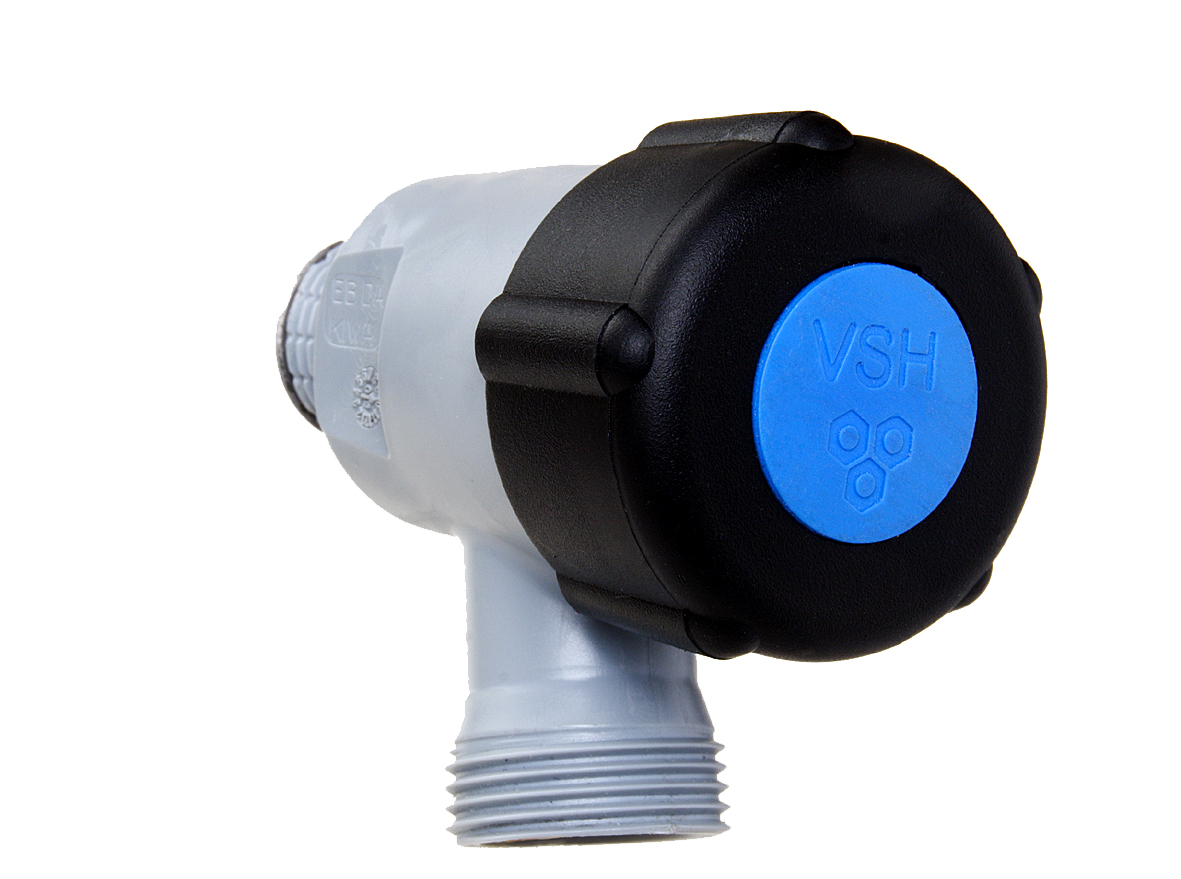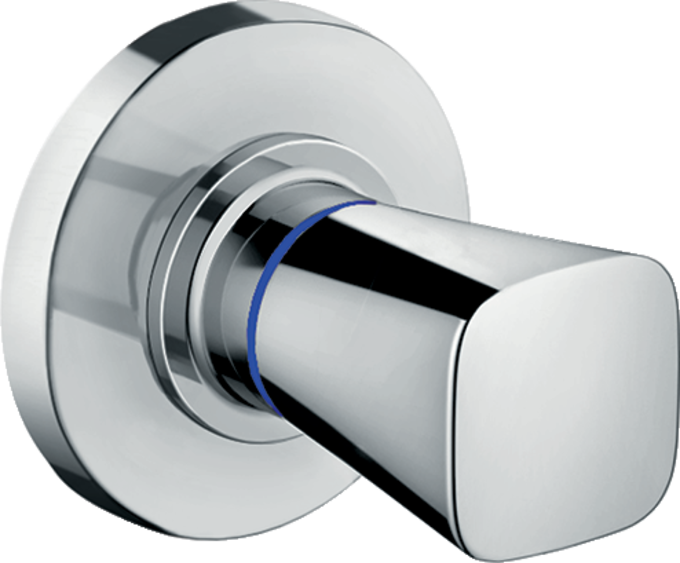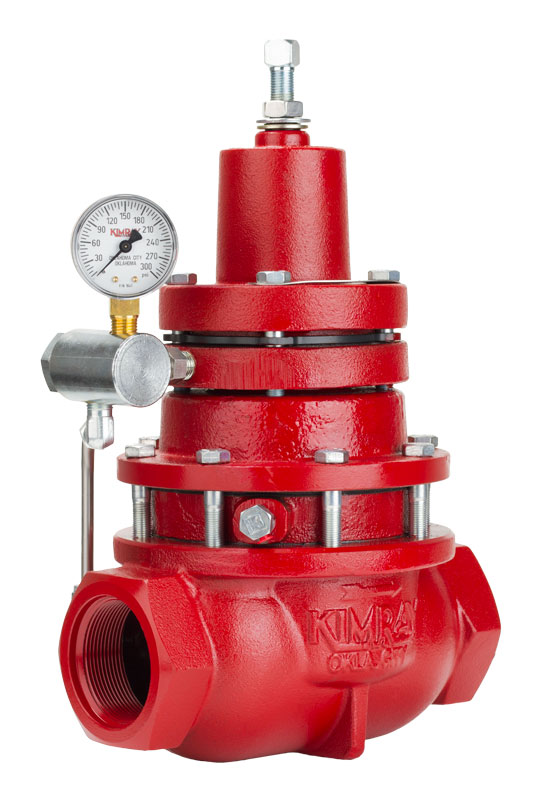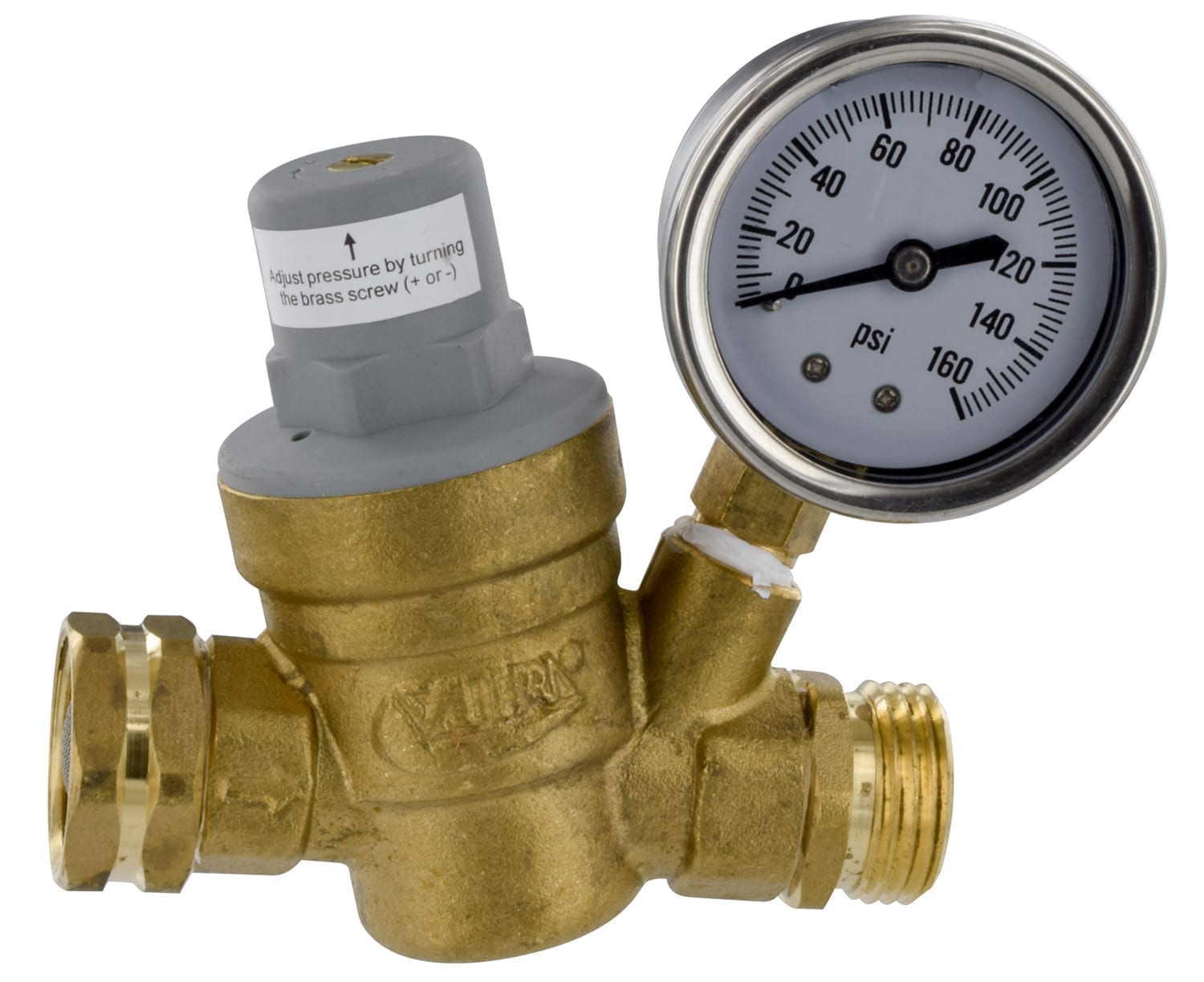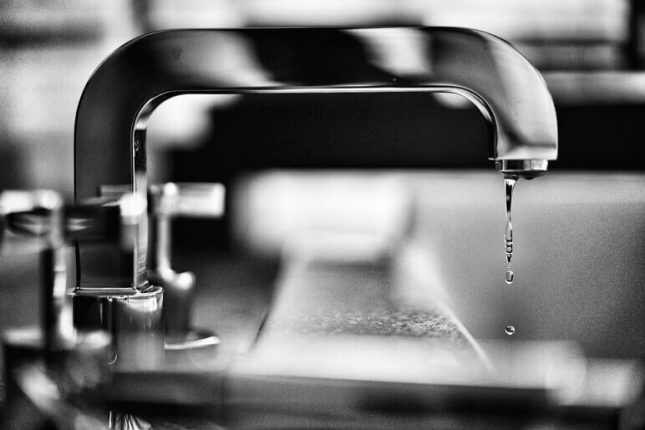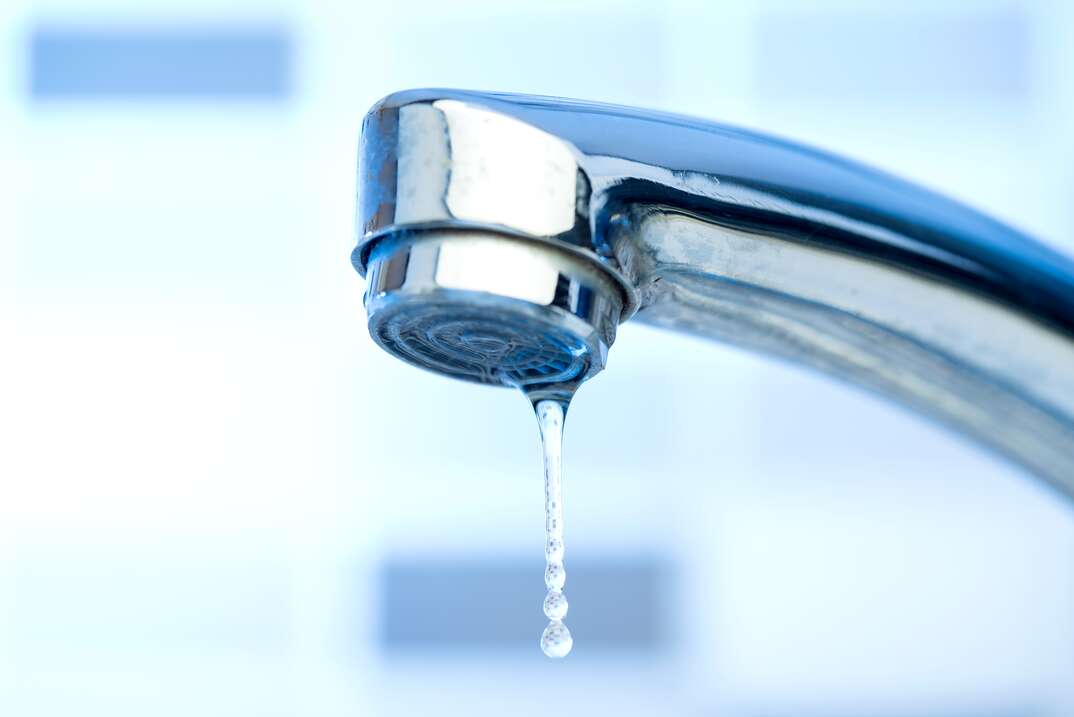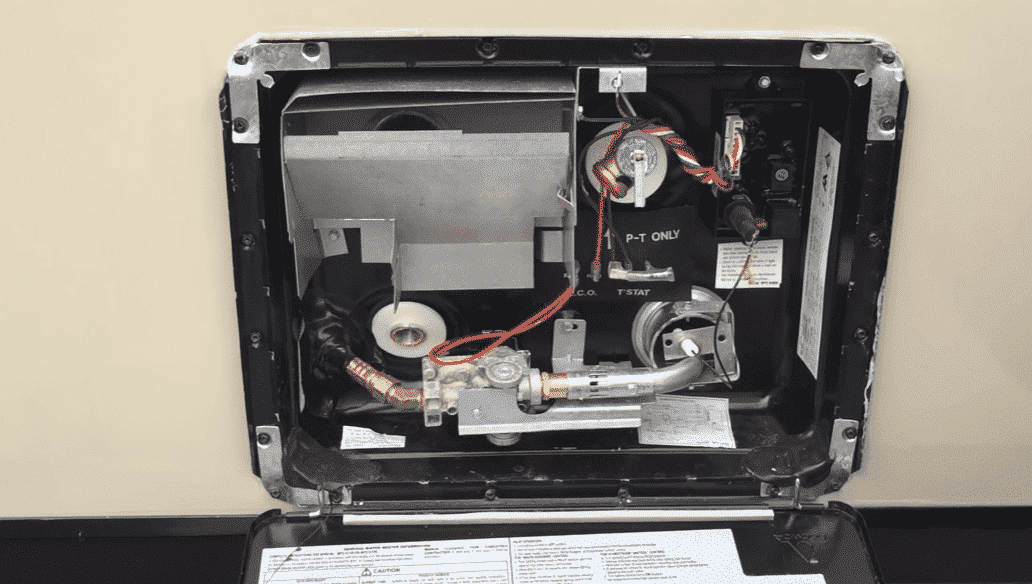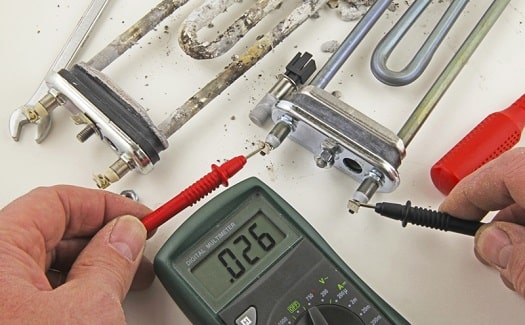If you're experiencing low water pressure in your kitchen sink, the first thing to check is your water supply. Make sure that the main water valve is fully open and that there are no obstructions or leaks in the water line. Sometimes, during repairs or maintenance, the water valve may not have been fully opened, causing low pressure. Additionally, if there is a water outage in your area, it can also lead to low water pressure. In this case, you may need to wait for the water supply to be restored before checking other possible causes.Check the Water Supply
The aerator is a small mesh screen located at the tip of your faucet. Its purpose is to mix air with the water to create a stream that is soft and splash-free. Over time, the aerator can get clogged with mineral deposits, reducing the water flow and causing low pressure. To check the aerator, unscrew it from the faucet and clean it thoroughly with a mixture of vinegar and baking soda. If the aerator is damaged, you may need to replace it with a new one.Check the Aerator
Another possible cause of low water pressure in your kitchen sink could be old and corroded pipes. Over time, pipes can develop build-up of rust and debris, causing blockages and reducing water flow. If you have galvanized pipes, they are more prone to corrosion and may need to be replaced with newer copper pipes. It is best to call a licensed plumber to inspect and replace any damaged pipes.Check the Pipes
The shut-off valve is located under your kitchen sink and controls the water flow to your faucet. If the valve is not fully open, it can cause low water pressure. Check that the valve is fully turned on and not partially closed. If the valve is damaged or leaking, it may need to be replaced. It is important to regularly check and maintain your shut-off valve to avoid future issues with water pressure.Check the Shut-Off Valve
Every home has a pressure regulator that controls the water pressure throughout the house. If the regulator is not functioning properly, it can cause low water pressure in your kitchen sink. You can check the pressure regulator by using a pressure gauge on your outdoor faucet. If the pressure is below 40-45 psi, it could indicate a problem with the regulator. In this case, you may need to call a plumber to replace the regulator.Check the Pressure Regulator
If none of the above solutions have worked, it is possible that there is a clog in your water line. This can be caused by debris, mineral deposits, or even tree roots in your pipes. To check for clogs, turn off the water supply and disconnect the pipes under your sink. Use a plunger or a snake to remove any obstructions. If you are unsure or uncomfortable doing this, it is best to call a professional plumber.Check for Clogs
Old or faulty faucets can also contribute to low water pressure in your kitchen sink. Check the faucet for any cracks, dents, or leaks. If the faucet is damaged, it may need to be replaced. Additionally, if you have a single-handle faucet, the cartridge inside may be worn out and need to be replaced. It is best to consult a plumber for faucet replacements and repairs.Check the Faucet
Even small leaks in your water line can cause low water pressure. Inspect your pipes and faucets for any leaks and drips. If you find any, it is important to fix them as soon as possible to prevent further damage and conserve water. You can use plumbing tape or sealant to temporarily fix leaks, but it is best to call a plumber for a permanent solution.Check for Leaks
If you have a tankless water heater, low water pressure in your kitchen sink could be a sign of a faulty or overloaded unit. Tankless water heaters can only supply a certain amount of hot water at a time, so if you are using multiple faucets or appliances at once, it can cause low pressure in one or more areas. If you suspect a problem with your water heater, it is best to call a professional to inspect and repair it.Check the Water Heater
If all else fails, it is best to call a licensed plumber to diagnose and fix the issue of low water pressure in your kitchen sink. They have the knowledge, experience, and tools to identify and solve the problem effectively. Additionally, they can also provide regular maintenance and check-ups to prevent future issues with your water pressure.Call a Plumber
The Importance of Proper Water Pressure in Your Kitchen Sink

Why Low Water Pressure Can Be a Problem
 Low water pressure in your kitchen sink can be a frustrating and inconvenient problem to deal with. Not only can it make tasks like washing dishes and filling pots take longer, but it can also affect the overall efficiency and functionality of your kitchen. The main cause of low water pressure in kitchen sinks is often attributed to the
lack of aerator
in the faucet. This small but important component helps to mix air with the water, creating a steady and smooth flow. Without it, water can come out in a weak and inconsistent stream, making it difficult to perform daily tasks in the kitchen.
Low water pressure in your kitchen sink can be a frustrating and inconvenient problem to deal with. Not only can it make tasks like washing dishes and filling pots take longer, but it can also affect the overall efficiency and functionality of your kitchen. The main cause of low water pressure in kitchen sinks is often attributed to the
lack of aerator
in the faucet. This small but important component helps to mix air with the water, creating a steady and smooth flow. Without it, water can come out in a weak and inconsistent stream, making it difficult to perform daily tasks in the kitchen.
The Impact on Your House Design
 The water pressure in your kitchen sink is not just a matter of convenience, but it can also have a significant impact on your overall house design. For starters, low water pressure can affect the functionality of your kitchen appliances, such as your dishwasher and garbage disposal. These appliances rely on proper water pressure to effectively clean and dispose of food waste.
Low water pressure
can also lead to water wastage, as you may need to run the tap for longer periods of time to get enough water for your needs. This can result in higher water bills and is not environmentally friendly.
The water pressure in your kitchen sink is not just a matter of convenience, but it can also have a significant impact on your overall house design. For starters, low water pressure can affect the functionality of your kitchen appliances, such as your dishwasher and garbage disposal. These appliances rely on proper water pressure to effectively clean and dispose of food waste.
Low water pressure
can also lead to water wastage, as you may need to run the tap for longer periods of time to get enough water for your needs. This can result in higher water bills and is not environmentally friendly.
Solutions for Low Water Pressure
 If you are experiencing low water pressure in your kitchen sink, there are a few potential solutions to consider. First, check the aerator on your faucet. If it is clogged, cleaning or replacing it can often solve the problem. You may also want to check the water pressure regulator in your home, as it may need to be adjusted. If these solutions do not work, it could be a sign of a more serious issue with your plumbing system. In this case, it is best to consult a professional plumber to identify and fix the problem.
If you are experiencing low water pressure in your kitchen sink, there are a few potential solutions to consider. First, check the aerator on your faucet. If it is clogged, cleaning or replacing it can often solve the problem. You may also want to check the water pressure regulator in your home, as it may need to be adjusted. If these solutions do not work, it could be a sign of a more serious issue with your plumbing system. In this case, it is best to consult a professional plumber to identify and fix the problem.
The Bottom Line
 Having proper water pressure in your kitchen sink is crucial for the functionality and efficiency of your kitchen. It is also an important aspect of your house design, as it can affect the performance of your appliances and lead to water wastage. If you are experiencing low water pressure, it is important to address the issue as soon as possible to avoid further inconvenience and potential damage to your plumbing system. By understanding the causes and potential solutions for low water pressure, you can maintain a smoothly running and efficient kitchen in your home.
Having proper water pressure in your kitchen sink is crucial for the functionality and efficiency of your kitchen. It is also an important aspect of your house design, as it can affect the performance of your appliances and lead to water wastage. If you are experiencing low water pressure, it is important to address the issue as soon as possible to avoid further inconvenience and potential damage to your plumbing system. By understanding the causes and potential solutions for low water pressure, you can maintain a smoothly running and efficient kitchen in your home.














